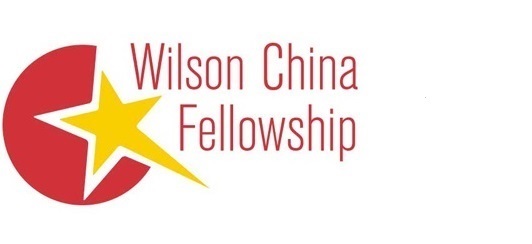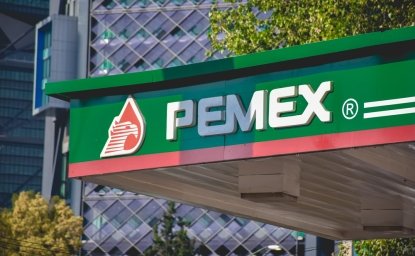Critical Challenge for the U.S. | A Cornucopia of Challenges
COVID-19 has exacted a devastating toll in Latin America and the Caribbean: a region with eight percent of the world’s population has accounted for 30 percent of global deaths. The year 2020 witnessed the worst economic contraction in more than a century, with growth in 2021 insufficient to make up for losses in the pandemic’s first year. COVID-19 occasioned staggering increases in poverty and unemployment, pushing into high relief longstanding inequalities in access to health care, quality education, and digital connectivity. Before the pandemic, popular frustration with anemic growth, corruption, and inequality had boiled over into street protests—some quite violent—in numerous countries. Protest movements reemerged in 2021, roiling politics and reflecting ongoing dissatisfaction with democratic performance. With notable exceptions—Uruguay, Costa Rica—volatility, polarization, and anti-incumbent sentiment characterized the region’s politics. Authoritarian governments in Nicaragua, Cuba, and Venezuela responded to threats with even greater repression. Responding constructively to the region’s polarization, fragmentation, and economic reversals constitute the Biden administration’s central challenge in the LAC region.
Three Things to Watch
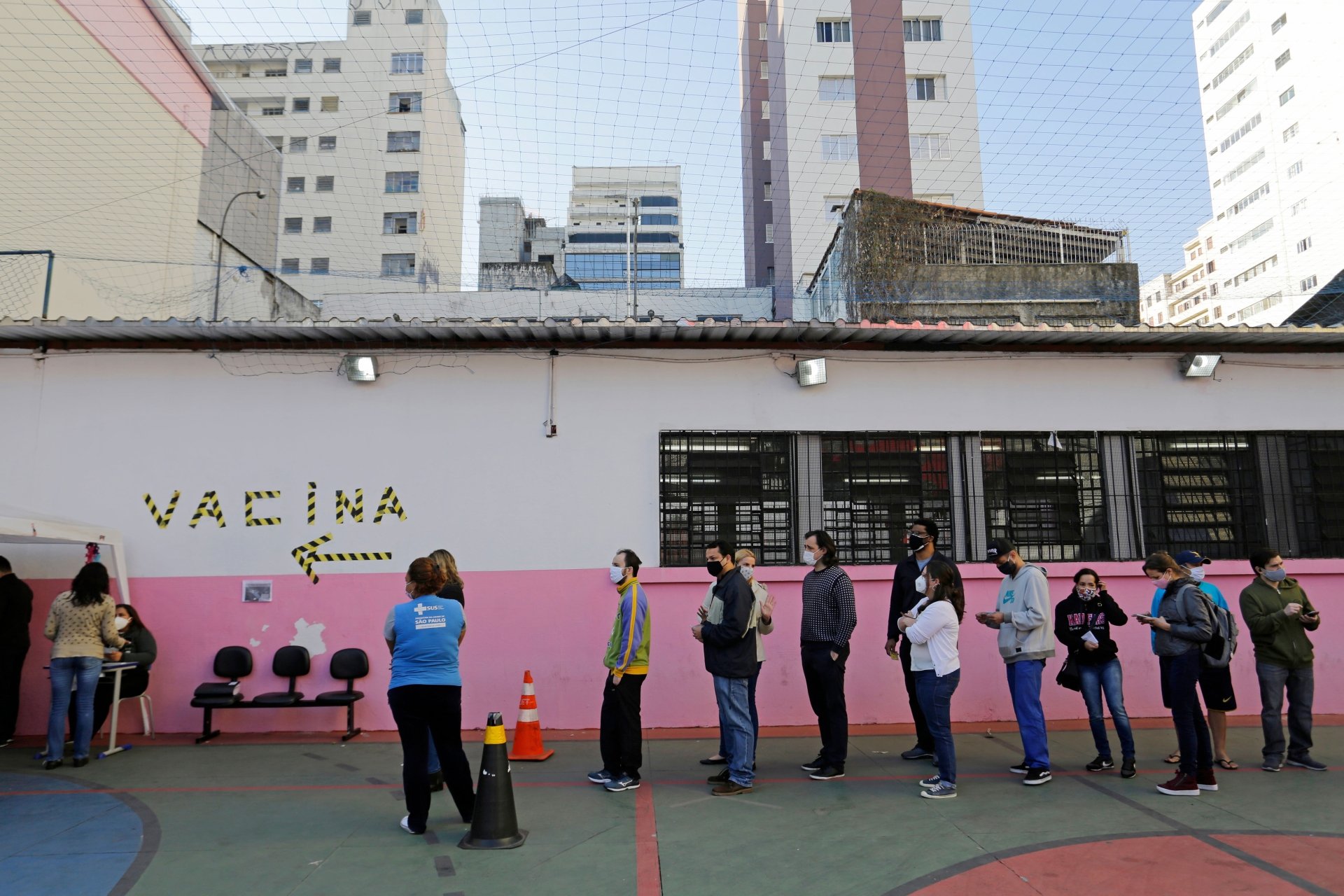
1. Greater U.S. Engagement
Great power competition is increasingly shaping U.S. engagement in Latin America, from infrastructure finance to “vaccine diplomacy.” In September, U.S. officials traveled to Ecuador, Colombia, and Panama to explore potential investments under the G7’s Build Back Better World program, an alternative to China’s Belt and Road Initiative that has channeled tens of billions of dollars into the region. After falling behind China’s “medical diplomacy,” the United States has sent more than half of its global vaccine donations to Latin America, though China’s vaccine sales far outnumber U.S. deliveries. Chinese investment in Latin America declined in recent years; in 2020, its state banks made no new loans in the region. But major commodity exporters remain dependent on the Chinese market. Latin American governments welcome greater U.S. engagement, but are anxious over U.S.-China tensions and unwilling to choose between Washington and Beijing.
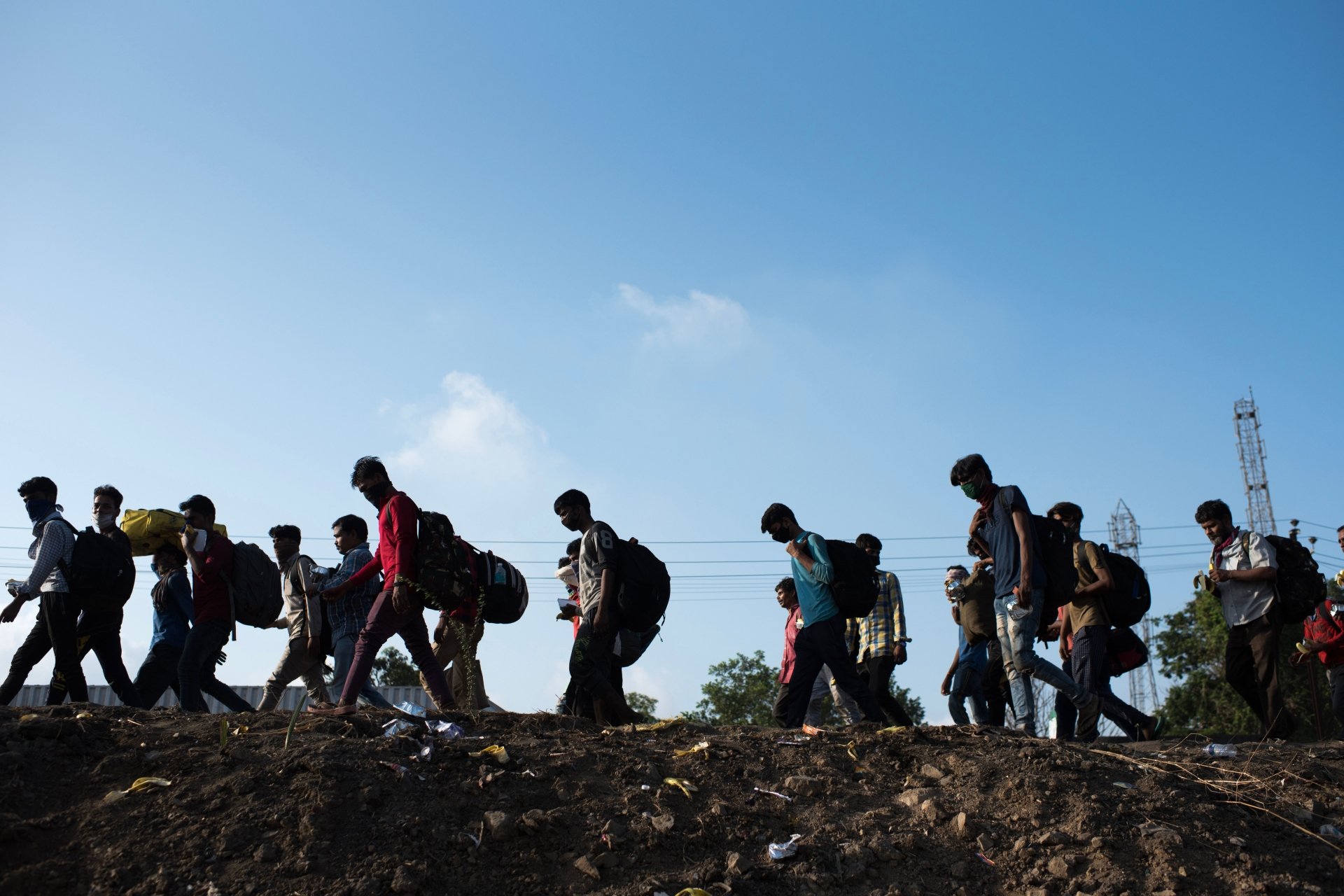
2. Summit of the Americas
Next summer, the United States will host the triennial Summit of the Americas for the first time since it began in Miami in 1994. In convening leaders of the Western Hemisphere, the Biden administration hopes to mobilize a response to the pandemic’s economic and public health ravages in Latin America. Hosting the summit offers an opportunity to demonstrate renewed interest in the region, following President Trump’s decision to skip the 2018 meeting. President Biden has signaled, some say tepidly, Latin America’s importance by sending top officials for several visits to the region. And his administration held high-level dialogues with Mexico and Colombia. The United States has sent the region 54 million vaccine doses. Still, many see the White House as overly focused on migration and underinvested in Latin America’s immense economic, public health, and security challenges.
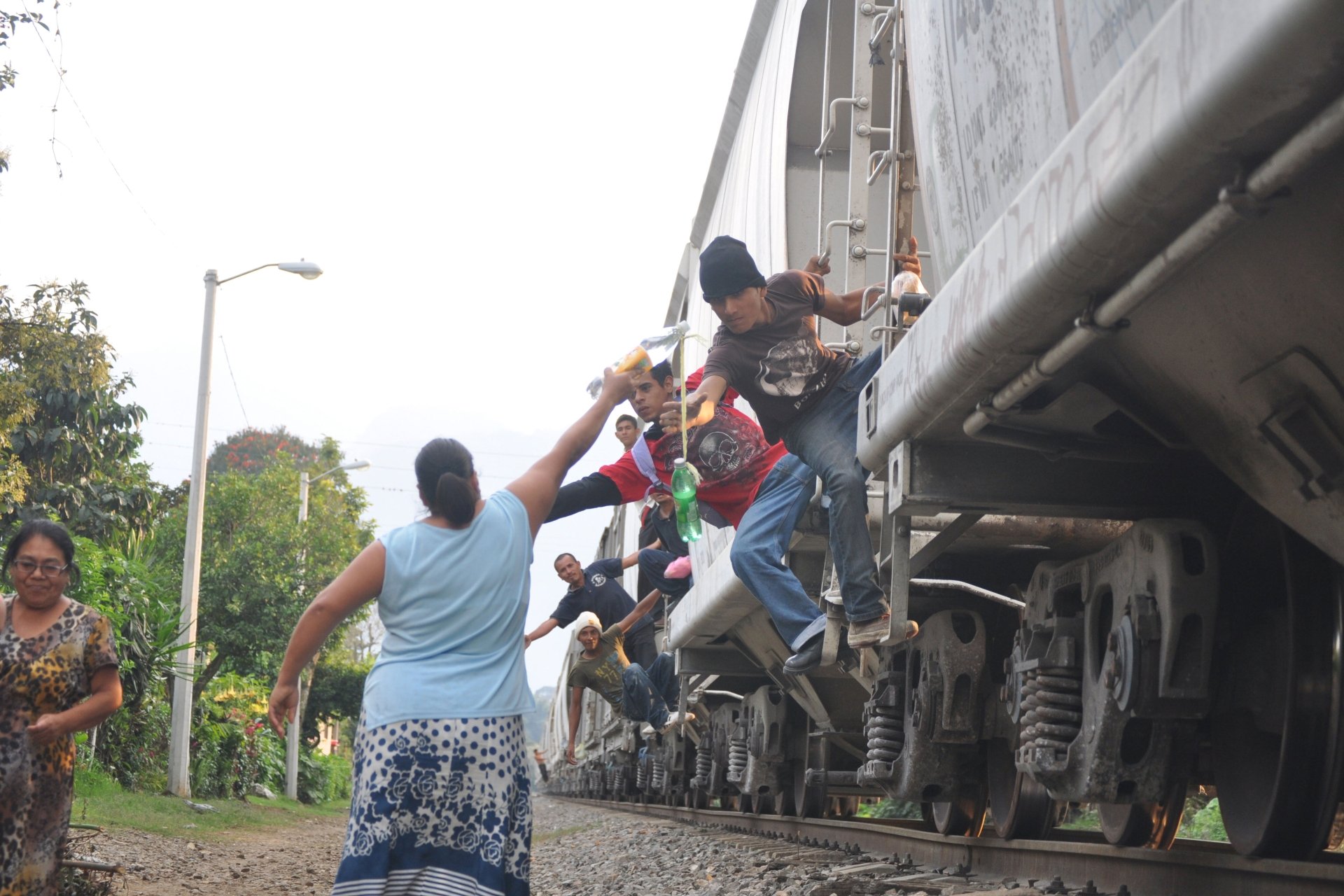
3. Migration and its Root Causes
Migrant encounters at the U.S.-Mexico border in 2021 reached a 21-year high, but migration trends represent a colossal challenge throughout the Americas. Some six million Venezuelans have fled their country’s political, economic, and humanitarian crisis; 80 percent live in Latin American and Caribbean countries, straining national budgets and resources. Mexico, long a transit country for those trying to reach the United States, is also a migrant-receiving country struggling with its own challenges of absorption. Increased numbers of migrants—from Haiti, Central America, Africa, Asia, and the Middle East—attempted the dangerous journey through the Darien Gap between Panama and Colombia in 2021. Poverty, criminal violence, political repression, and climate change-related extreme weather continue to push people from their homes. The effective management of migrant flows will require U.S. policymakers and lawmakers to address the root causes of increased migrant flows, dismantle human smuggling networks, and balance national border enforcement with humanitarian obligations under domestic and international law.
Contributors



Professor of Political Science and Researcher, Center for China and Asia-Pacific Studies, Universidad del Pacifico, Peru

Latin America Program
The Wilson Center’s prestigious Latin America Program provides non-partisan expertise to a broad community of decision makers in the United States and Latin America on critical policy issues facing the Hemisphere. The Program provides insightful and actionable research for policymakers, private sector leaders, journalists, and public intellectuals in the United States and Latin America. To bridge the gap between scholarship and policy action, it fosters new inquiry, sponsors high-level public and private meetings among multiple stakeholders, and explores policy options to improve outcomes for citizens throughout the Americas. Drawing on the Wilson Center’s strength as the nation’s key non-partisan policy forum, the Program serves as a trusted source of analysis and a vital point of contact between the worlds of scholarship and action. Read more

